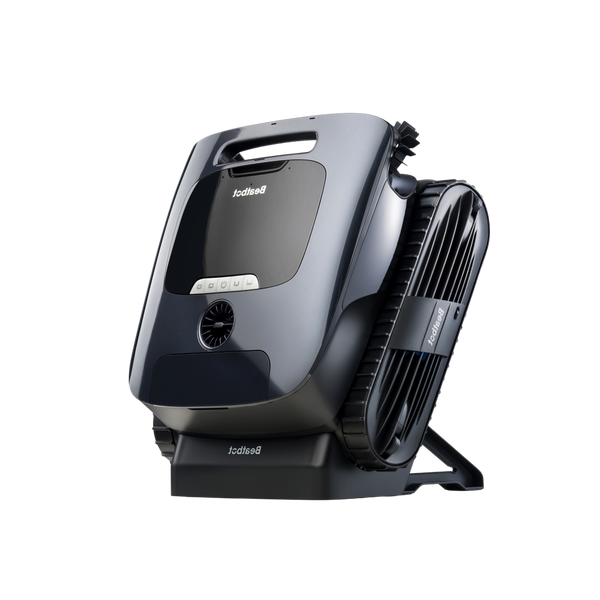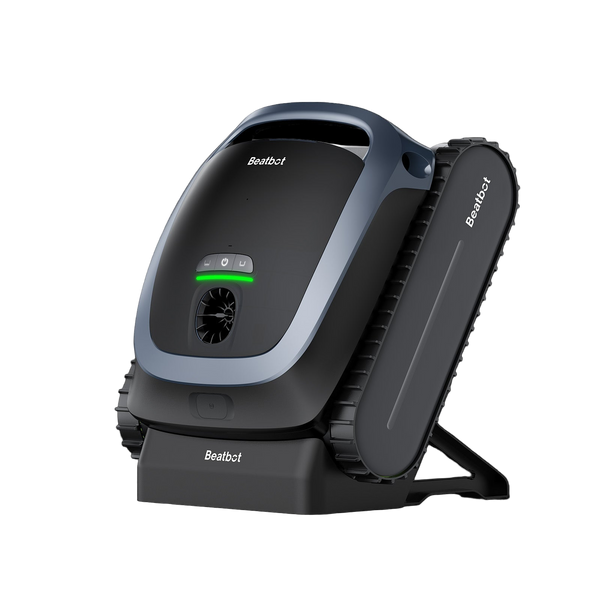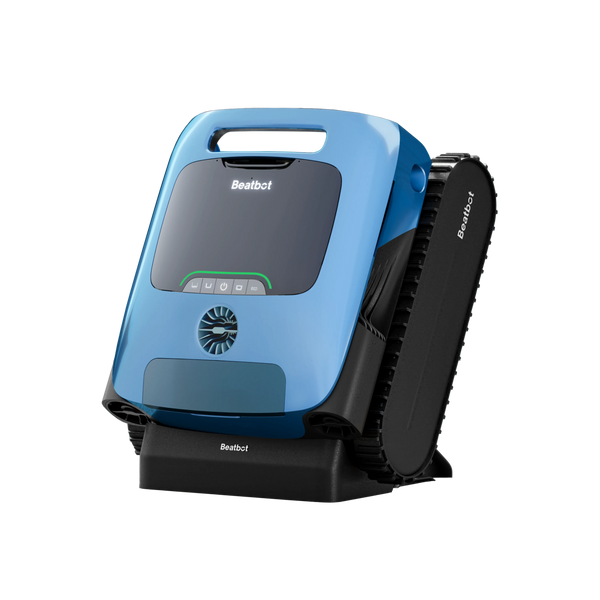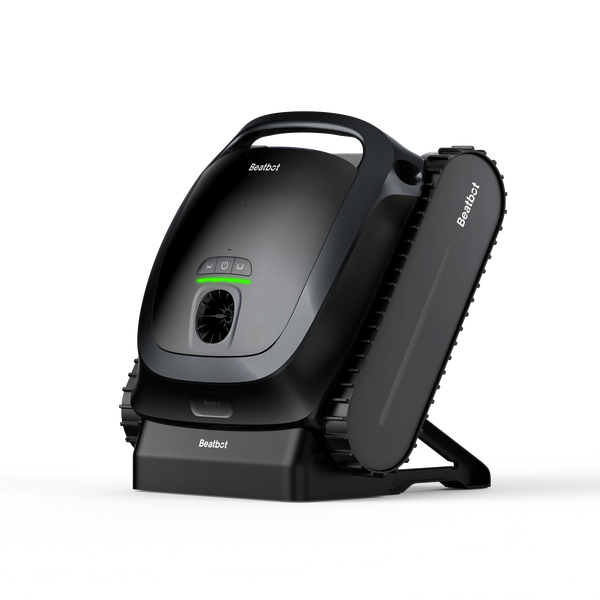Diving into Water Polo: Pool Depth, Size, and Design
Are you a buff for water polo? Water polo is a dynamic and exciting sport requiring a specific kind of pool to accommodate its physical demands. Have you ever dreamed of building one in your yard and been frustrated by complicated construction process? Don’t worry, this blog can show you the ropes, whether you’re planning to build a new one or to innovate an existing one. Ready to dive in?
Table of contents
Why it is different: Water Polo Pool Features
A water polo pool is a special type of sports pool that is designed with the needs of athletes in mind. This special kind of pool shares some features distinguishing it from others:
Water polo pools are crafted to adhere to the specific dimensions and depths required for the sport, ensuring that both practice and competitive matches can be held effectively. These pools are built following the standards set by World Aquatics (formerly known as the Fédération Internationale De Natation, FINA). This organization outlines the essential criteria for the design and construction of water polo pools, ensuring they meet the necessary specifications for professional-level competitions.
The design includes additional elements tailored to the sport, such as goals and lane ropes, which support the dynamic nature of water polo. The adherence to these precise standards not only facilitates high-level play but also guarantees that the pools are suitable for all variations of the game.
Depth:
Compared with recreational pools, water polo pools can be deeper, the typical depth of which is 1.80m at least, but 2.0m (6.5 feet) generally. This desgin allows for enough water to ensure the smooth movements of players, who could swim without touching the bottoms of the pools. This trait can play a big role in many formal competitions. However, according to the regulations set by the International Swimming Federation , there can be some expections when it comes to this standard.
Size and Shape:
To maximize the room required by players’ movements, the standard water polo pool is rectangular. The normal Olympic size of the pool is 30 meters long and 20 meters wide. Men's and women's water polo competitions also apply to different pool sizes, with the following specific standards:
Men's Competition
Length (between goal lines): Maximum 30 meters, minimum 20 meters.Total length: Maximum 30.60 meters, minimum 20.60 meters.Width: Maximum 20 meters, minimum 10 meters.
Women's Competition
Length (between goal lines): Maximum 25 meters, minimum 20 meters.Total length: Maximum 25.60 meters, minimum 20.60 meters.Width: Maximum 20 meters, minimum 10 meters.

Marking:
In order to competition regulations, the bottoms and walls of the water pool must be marked clearly with the lines and areas required. Each area must be defined and marked with the correct colors used in the sport to respect the official lengths and distances.
When preparing a water polo pool for official competitions, several additional installations are essential to meet the sport's requirements:
Official Goals and Frames : These must adhere to standard dimensions and be securely installed at each end of the pool.
Nets : Properly fitted nets are crucial for capturing the ball and scoring validation.
Public Address System : A robust sound system is vital for announcements, player introductions, and maintaining clear communication throughout the event.
Referee Areas and Control Table : Designated zones for referees to monitor the game and a control table for managing game scores and timing are necessary.
Player and Coach Benches : Adequate seating is needed on the pool deck for team players and coaching staff.
Optional Heated Pools : Some venues may choose to include additional heated pools for warm-ups and cool-downs, enhancing the athletes' performance and recovery.
These installations ensure the game is conducted smoothly and in line with competitive standards.
Water Polo Pool Design Tips
Safety First:
All edges and corners should be ensured smooth to prevent injuries. Check the safety regulations, which usually specify the specific depth requirements for pool slides to reduce the risk of accidents.
For water polo competitions, it needs to have a minimum barrier height of 4 meters. However, when it comes to international championships and the Olympic Games, the standards are more stringent. In these prestigious events, an obstacle-free height of at least 7 meters is required to ensure optimal play conditions.
This ensures a consistent environment across varying levels of competition, accommodating the different demands and expectations that come with each. Understanding these requirements is essential for pool designers and event organizers to meet the regulations set by governing bodies.
When designing platforms and circulation areas around water polo pools, attention to detail is crucial to ensure both functionality and compliance with official standards. Here are some key design considerations:
Regulatory Compliance
- Adherence to Official Measurements: Ensure that all platforms and circulation spaces meet the specific dimensions and requirements set forth by relevant sports governing bodies. This compliance is essential for maintaining the integrity of the competition.
Functional Design
- Safety Features: Integrate non-slip surfaces and secure barriers to enhance safety for athletes and officials navigating the area.
- Accessibility: Design pathways to be easily accessible for all users, including those with mobility challenges, to promote inclusivity.
Space Utilization
- Optimal Flow: Plan the layout to facilitate smooth circulation around the pool, minimizing congestion and allowing for efficient movement of players, officials, and equipment.
- Visibility: Ensure that platforms provide unobstructed views for coaches, referees, and spectators, enhancing the overall experience of the event.
Durability and Maintenance
- Robust Materials: Use high-quality, durable materials that can withstand exposure to water and chlorine to reduce wear and tear.
- Ease of Maintenance: Consider finishes that are easy to clean and maintain, ensuring that the area remains functional over time.
By focusing on these aspects, designers can create a poolside environment that not only supports competitive play but also prioritizes safety and accessibility.
Circulation and filtration:
To ensure visibility and safety for everyone during the intense competition, water polo pools need powerful circulation and filtration systems to maintain the clarity and quality of the water.
Lighting:
Adequate lighting is required for both daytime and nighttime practices and competitions. Make sure the lighting is evenly distributed over the pool area. We recommend that you use solar-powered lighting, which is energy-efficient and ensures that the light reflected from the water does not interfere with people's vision.
To achieve this, consider using solar-oriented lighting that carefully directs beams away from critical sightlines. This arrangement helps reduce reflections and glare on the water's surface, which can be distracting or even hazardous for players, spectators, judges, and coaches.
By focusing on both the type of lighting and its strategic placement, you create an optimal environment for all participants while also promoting energy efficiency.
Temperature control system:
Depending on the climate in your area, a heating system may be required to keep the pool at the best temperature for athletes, which helps prevent muscle strains and cramps. Water polo pools have strict temperature standards for this, the water temperature must be maintained at 26ºC (+-1ºC) and its salt content must be less than 3 grams per liter.
FAQ
Does the size of the water polo pool affect the gameplay?
The answer is yes, the size of the water polo pool directly affects the gameplay as it determines the space available for players to move and strategize. The standard dimensions are 30 meters long and 20 meters wide with around 13 lanes, providing ample space for dynamic play.
Are there any specific regulations for the construction of a water polo pool?
Yes, there are specific regulations and guidelines that must be followed, including depth requirements, safety standards and game markings. Complying with these regulations ensures that the pool is safe and suitable for water polo games. The construction of water polo pools is based on the rules and regulations of World Aquatics (formerly FINA, the International Swimming Federation). This body, in addition to determining the design and construction standards for these pools, is also responsible for approving them to allow water polo competitions to be held at a professional level.
Are there any air temperature requirements for water polo games?
Yes, it also has strict regulations on the air temperature at the competition site, of course, not only in water polo pools, but in general in any indoor swimming pool. Ideally, it should be between 2ºC and 3ºC warmer than the pool water temperature, and not exceed 28ºC.

By understanding the specific requirements of a water polo pool, you can create a space that not only meets the demands of the sport but also provides a safe and enjoyable environment for players and spectators.
Relative Blogs
About the author



















